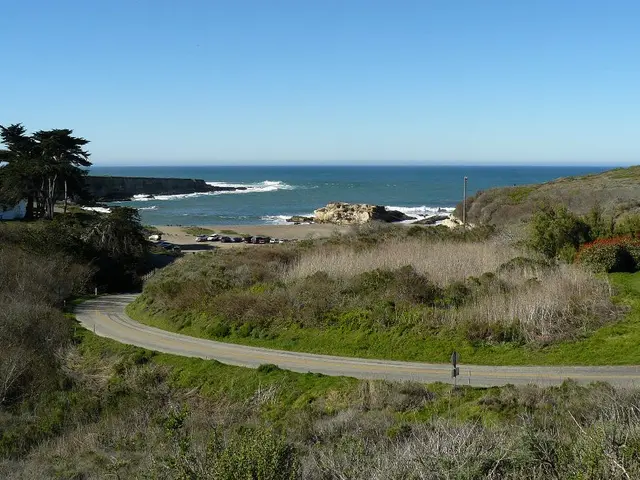AI Revolutionizes Volcanic Study: Unveiling Campi Flegrei's Secrets
AI has revolutionized the study of volcanic activity, providing sharper insights into seismic events and enhancing public safety. A recent study published in Science showcases this, focusing on Europe's most dangerous volcano, Campi Flegrei.
AI's ability to rapidly process vast amounts of seismic data in real-time has proven invaluable. It has helped identify over four times as many small earthquakes at Campi Flegrei compared to traditional methods. This includes shallow hybrid earthquakes, linked to pressure changes within the hydrothermal system, offering crucial insights into underlying stresses within the Earth's crust.
The AI analysis, led by Professor Giuseppe De Natale of INGV Naples, has also revealed patterns of small quakes occurring along specific faults. This has led to a more detailed map of the region's tectonic structure, guiding urban planning and evacuation efforts. The AI's noise filtering capabilities have provided sharper event locations and magnitudes, aiding in understanding volcanic activity and improving hazard maps.
Understanding these subtle changes is crucial for early warning systems. It helps predict when the volcano may enter more active phases, allowing emergency response teams to take critical actions for public safety.
AI's role in volcanic hazard assessment is undeniable. It has significantly improved our understanding of Campi Flegrei's earthquake patterns and tectonic structure. By providing clearer, more accurate data, AI is aiding in the creation of better hazard maps and enhancing public safety measures. As research continues, AI's potential in predicting volcanic activity and mitigating risks grows.
Read also:
- Increase in Electric Vehicle Charging Stations Across U.S., But Is It Sufficient?
- Tesla's Semi-Truck enters partnership with Uber Freight, aiming to accelerate the usage of electric trucks.
- The current status of green hydrogen for developing countries following the wave of hype: Assessment of remains
- Rapid Growth in Bio-based Polypropylene Sector Anticipated at a Compound Annual Growth Rate of 26.5% by 2034








